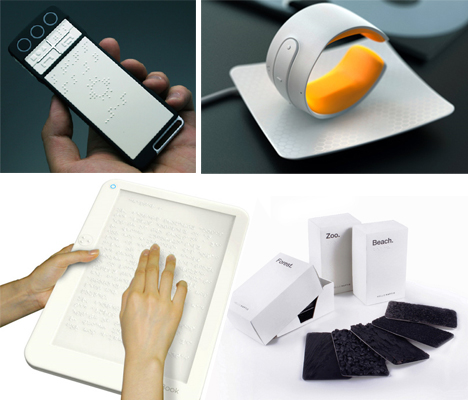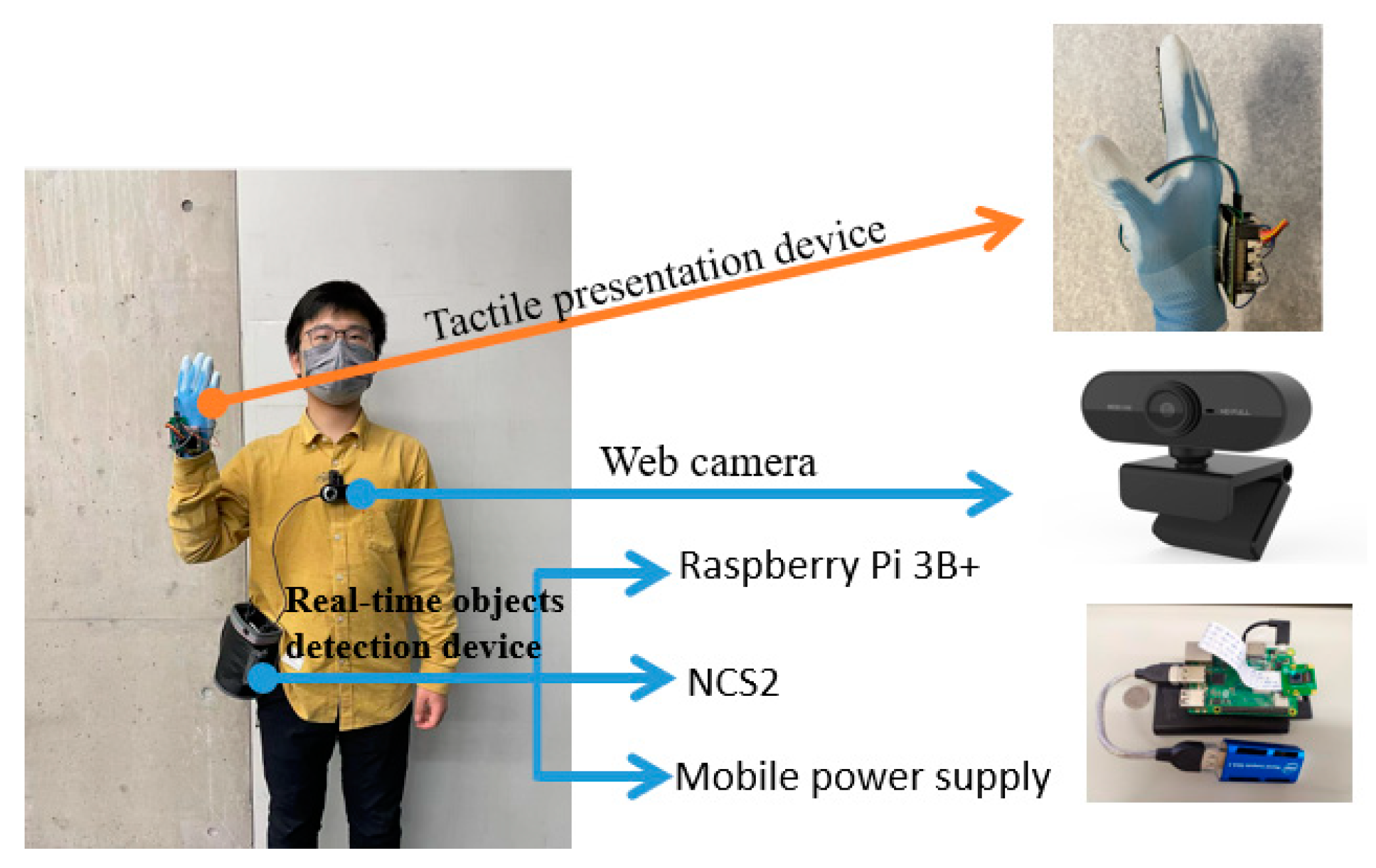Speech-to-Text Devices for Low Vision: Bridging the Communication Gap
Speech-to-Text Devices for Low Vision: Bridging the Communication Gap
Blog Article
An Overview to Life-Changing Assistive Modern Technology for the Blind and Aesthetically Damaged
The advancement of assistive innovation has actually ushered in a transformative age for individuals that are blind or visually impaired, offering devices that improve autonomy and enhance day-to-day experiences. Innovations such as smart navigation tools and AI-driven applications are redefining how individuals communicate with their surroundings, while easily accessible analysis options and wise home technologies promise to further boost the top quality of life.
Smart Navigating Equipment
Smart navigation devices are revolutionizing the way people that are blind or aesthetically impaired connect with their atmosphere. These advanced innovations, which incorporate GPS, audio feedback, and haptic signals, offer customers with essential details regarding their environments, improving their independence and movement.
One popular example is making use of wise canes furnished with sensors that identify challenges and supply real-time comments via vibrations or audio signs. These devices allow individuals to browse intricate environments, such as hectic roads or crowded public rooms, with raised self-confidence. Additionally, wearable gadgets, such as clever glasses, are being developed to assist in acknowledging faces, checking out text, and recognizing items, further boosting the user's spatial recognition.
Additionally, smart navigating tools are increasingly incorporating expert system to assess data and adapt to customers' preferences. This individualized method not just boosts navigation efficiency however also fosters a feeling of empowerment amongst individuals. As technology proceeds to advancement, the possibility for smart navigation devices to create a more accessible and inclusive world for individuals that are blind or aesthetically impaired stays appealing, eventually reshaping their everyday experiences and interactions.
Cutting-edge Mobile Apps
Mobile applications are arising as effective devices for aiding people that are aesthetically damaged or blind, providing a series of functionalities that improve daily living. These applications harness advanced innovation to promote daily jobs, enhance availability, and promote freedom.
One category of ingenious mobile applications concentrates on aesthetic recognition. Applications like Be My Eyes attach users with sighted volunteers by means of video calls, allowing real-time help for tasks such as reading labels or browsing strange atmospheres. Similarly, apps like Seeing AI use man-made intelligence to define surroundings, read message, and recognize objects, offering users with essential information at their fingertips.
Another substantial location is navigation and alignment. Apps such as Aira and Nearby Traveler provide audio support, aiding users browse metropolitan spaces easily. They offer customized aid, allowing for an extra positive expedition of the atmosphere.
Moreover, health and wellness and health apps deal with particular demands, such as medication administration and health and fitness tracking. These applications intend to cultivate an alternative method to health, making certain that customers can maintain their health and wellness individually.
Wearable Assistive Tools
Wearable assistive gadgets stand for a substantial advancement in innovation designed to support people who are visually damaged or blind. These gadgets improve wheelchair and independence by providing real-time feedback about the surrounding setting. Amongst one of the most noteworthy wearable modern technologies are clever glasses geared up with cams and sensors, which can identify obstacles and relay vital information through audio signs.

Another ingenious choice consists of wrist-worn tools that utilize ultrasonic waves to detect barriers and supply navigational aid. These gadgets often feature adjustable settings, permitting users to customize the signals to their details requirements.
The assimilation of expert system in wearable assistive technology is also noteworthy, as it continuously improves the accuracy and responsiveness of these tools. Overall, wearable assistive gadgets are transforming the lives of the blind and aesthetically impaired, fostering better freedom and boosting high quality of life via innovative remedies.
Obtainable Checking Out Solutions
Accessible analysis services play an important role in allowing people who are visually damaged or blind to engage with text throughout different layouts. These solutions include a variety of devices and modern technologies developed to enhance reading experiences, from conventional print materials to digital material.
One popular service is Optical Personality Recognition (OPTICAL CHARACTER RECOGNITION) modern technology, which transforms printed message into digital format, allowing customers to pay attention to or check out the material utilizing screen readers. In addition, specialized e-readers outfitted with text-to-speech capabilities offer customizable reading experiences, allowing customers to readjust font dimensions and background shades for enhanced presence.
Another effective approach is braille display screens, which offer responsive feedback by transforming electronic message right into braille. This allows people to check out touch, cultivating higher freedom and access to literature. Furthermore, mobile applications designed for checking out scanned books or documents can empower individuals with immediate access to a large library of materials.

Smart Home Technologies
Smart home modern technologies have reinvented the way people that are blind or aesthetically damaged interact with their living environments, enhancing both self-reliance and security. These ingenious services leverage automation and connectivity to develop an easily accessible space customized to the needs of individuals.
Smart speakers you can try these out and voice-activated aides provide hands-free control over different tools, permitting users to readjust temperature level, safety and security, and illumination measures with easy voice commands. This performance lessens reliance on sighted help and promotes a feeling of freedom. Furthermore, clever lights systems can be tailored to provide acoustic feedback or responsive signs, enabling individuals to browse their homes extra efficiently.
In addition, security systems outfitted with wise electronic cameras and sensors can send out real-time informs to individuals, boosting personal safety and security without demanding aesthetic confirmation. Automated door locks provide assurance, enabling users to safeguard their homes easily.
Incorporating wise home technologies not only enhances daily living yet also motivates social communication through connected devices - Smart glasses for the visually impaired. With continuous developments in assistive technology, the future appears appealing, as more services will arise to additional encourage individuals who are blind or aesthetically damaged, making certain a more comprehensive and independent way of life
Final Thought
In conclusion, the improvements in assistive innovation for the visually damaged and blind represent a substantial leap towards improving self-reliance and top quality of life. Smart navigation devices, cutting-edge mobile applications, wearable devices, available analysis services, and smart home innovations jointly promote an inclusive setting. This combination of technology not only boosts mobility and day-to-day living yet likewise encourages individuals to involve fully with their surroundings, advertising greater freedom and involvement in culture.
Advancements such as wise navigation devices and AI-driven applications are redefining how individuals engage with their environments, while accessible analysis options read the article and clever home modern technologies promise to further boost the high quality of life. As modern technology proceeds to breakthrough, the potential for clever navigation tools to develop a much more accessible and inclusive globe for people who are visually damaged or blind continues to be encouraging, eventually reshaping their everyday experiences and communications.
Wearable assistive gadgets stand for a substantial development in technology created to support individuals that are aesthetically impaired or blind. Amongst the most notable wearable innovations are clever glasses equipped with electronic use this link cameras and sensors, which can identify obstacles and relay critical details through audio hints.
Smart navigation devices, innovative mobile applications, wearable tools, available reading solutions, and clever home technologies collectively promote a comprehensive environment.
Report this page